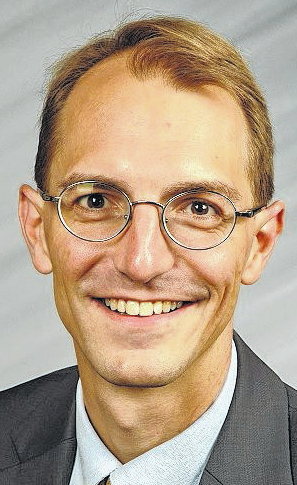
“Newton was disinclined to mercy, except for the receipt of information of value, on the ground that these dogs always returned to their vomit.”
— John Craig, historian
“My powers are ordinary. Only my application brings me success.”
— Sir Isaac Newton
Einstein, Galileo, Curie, Tesla, Newton. They are among the most famous, the most recognizable of scientists. Their contributions to human thought and understanding are remembered around the world. Our lives are improved because of their contributions to science.
Newton is, of course, most famous for his work toward understanding the laws of motion and gravity. But he was a also a theologian, author, physicist and astronomer. He confirmed Kepler’s laws of planetary motion, built the first reflecting telescope, developed laws of cooling, made the first calculations toward determining the speed of sound, and formulated definitions of fluid dynamics that led us to have named a class of fluids after him.
If those accomplishments were not enough to firmly plant Sir Issac in the category of a “polymath,” he also holds the distinction of being an early enforcer of anti-counterfeiting laws.
In 1696, Newton became the warden of the Royal Mint. The post was generally thought be a mostly honorary one — a position that rewarded a person who had devoted their life to the betterment of the Crown by giving them a wage-earning position without much work. But sitting idly by was not exactly the way Newton handled things.
He assumed the post in the midst of England’s “Great Recoinage,” a process that sought to bring in all over England’s old silver coins, which were badly worn and damaged, melt them down, and replace them with newer coins. Newton quickly determined to do two things. First, he was going to ensure that the new coins were standard and minted appropriately, and second, he was going to stamp out counterfeiting, which was considered treason against the Crown.
In the process of the recoining, Newton calculated that one out of every five coins turned into the mint was fake. As warden of the Mint, it was his duty to prosecute the counterfeiters, and he made it his personal mission to hunt them down. But just as Holmes had his Moriarty, Newton had one counterfeiter who eluded him for years — a man named William Chaloner.
Chaloner had apprenticed as a nail maker, and so when he came into possession of a number of stolen coin-making casts, he was able to use those casts to counterfeit legal tender. Many of those fake coins were made using a method called “coin clipping,” in which the edges of the coins were cut off and melted down in order to make new, fake coins.
Already a master of the scientific method, Newton now turned those skills to criminal investigation. And he had quite an intimidating power on his side. At that time, the Royal Mint was housed in the Tower of London, and counterfeiting was punishable by death. Over the course of months and years, Newton personally interviewed dozens of witnesses. He got several suspects to “flip” on others with a promise that he would not seek the death penalty against them for their counterfeiting crimes.
Chaloner was no fool, though. In true Moriarty fashion, he tried to pass himself off as being legitimate. Despite claiming to have minted more than 30,000 fake coins, he told members of Parliament that he had stumbled across the coin casts by chance, and that only he could capture the counterfeiters. He asked that they put him in charge of designing and producing England’s coins. He lived the high life off of his counterfeiting profits, and even published pamphlets promoting himself as the solution to the nation’s problem with fake coins. Newton was convinced that Chaloner was a fraud and was determined to see him punished.
There were more fits and starts in their chess game than can fit into this column, but in 1698, Newton decided to pull out all the stops. He activated a network of informants, turned an inside man against Chaloner, and even donned disguises and went to bars to follow Chaloner and plot his movements. After 18 months, he had a solid case, and in March of 1699, Chaloner was convicted and hanged in the village of Tyburn.
The following year, Newton became Master of the Mint, a job he would hold until his death in 1727, and in 1705, he was knighted by Queen Anne. If you’re interested in knowing more about Sir Isaac Newton’s pursuit of William Chaloner, you can read Thomas Leveson’s “Newton and the Counterfeiter,” Mariner Books, 2010.


